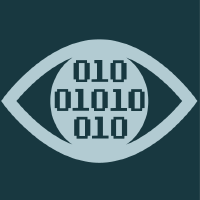Topic Menu
► Topic MenuTopic Editors


Hyperspectral Imaging: Methods and Applications
Topic Information
Dear Colleagues,
HSI is a novel and versatile optical imaging technology that is fundamentally safe or harmless and can be applied on virtually any type of sample, tough or fragile, close or distant, dead or alive. It has great potential for rapid, non-destructive material investigation.
HSI is currently a hot topic in many fields of research: from medicine to forensic science and from biology and materials science to archeology. It is quite extraordinary to see researchers from very different fields and with different backgrounds use this technology for very diverse problems. Often, however, they encounter comparable problems and face similar challenges.
The Topic “Hyperspectral Imaging: Methods and Applications” is dedicated to bringing papers from the different fields together and stimulate cross-pollination. Therefore, we welcome papers from all fields of science. A special focus is on design and methodology; specialized optics, data acquisition protocols or processing schemes, algorithm development, as well as novel applications of HSI or application methods for HSI.
Prof. Dick Sterenborg
Dr. Behdad Dasht Bozorg
Topic Editor
Keywords
- hyperspectral imaging
- diffuse reflectance
- machine learning
Participating Journals
| Journal Name | Impact Factor | CiteScore | Launched Year | First Decision (median) | APC |
|---|---|---|---|---|---|

Applied Sciences
|
2.7 | 4.5 | 2011 | 16.9 Days | CHF 2400 |

Journal of Imaging
|
3.2 | 4.4 | 2015 | 21.7 Days | CHF 1800 |

MDPI Topics is cooperating with Preprints.org and has built a direct connection between MDPI journals and Preprints.org. Authors are encouraged to enjoy the benefits by posting a preprint at Preprints.org prior to publication:
- Immediately share your ideas ahead of publication and establish your research priority;
- Protect your idea from being stolen with this time-stamped preprint article;
- Enhance the exposure and impact of your research;
- Receive feedback from your peers in advance;
- Have it indexed in Web of Science (Preprint Citation Index), Google Scholar, Crossref, SHARE, PrePubMed, Scilit and Europe PMC.

